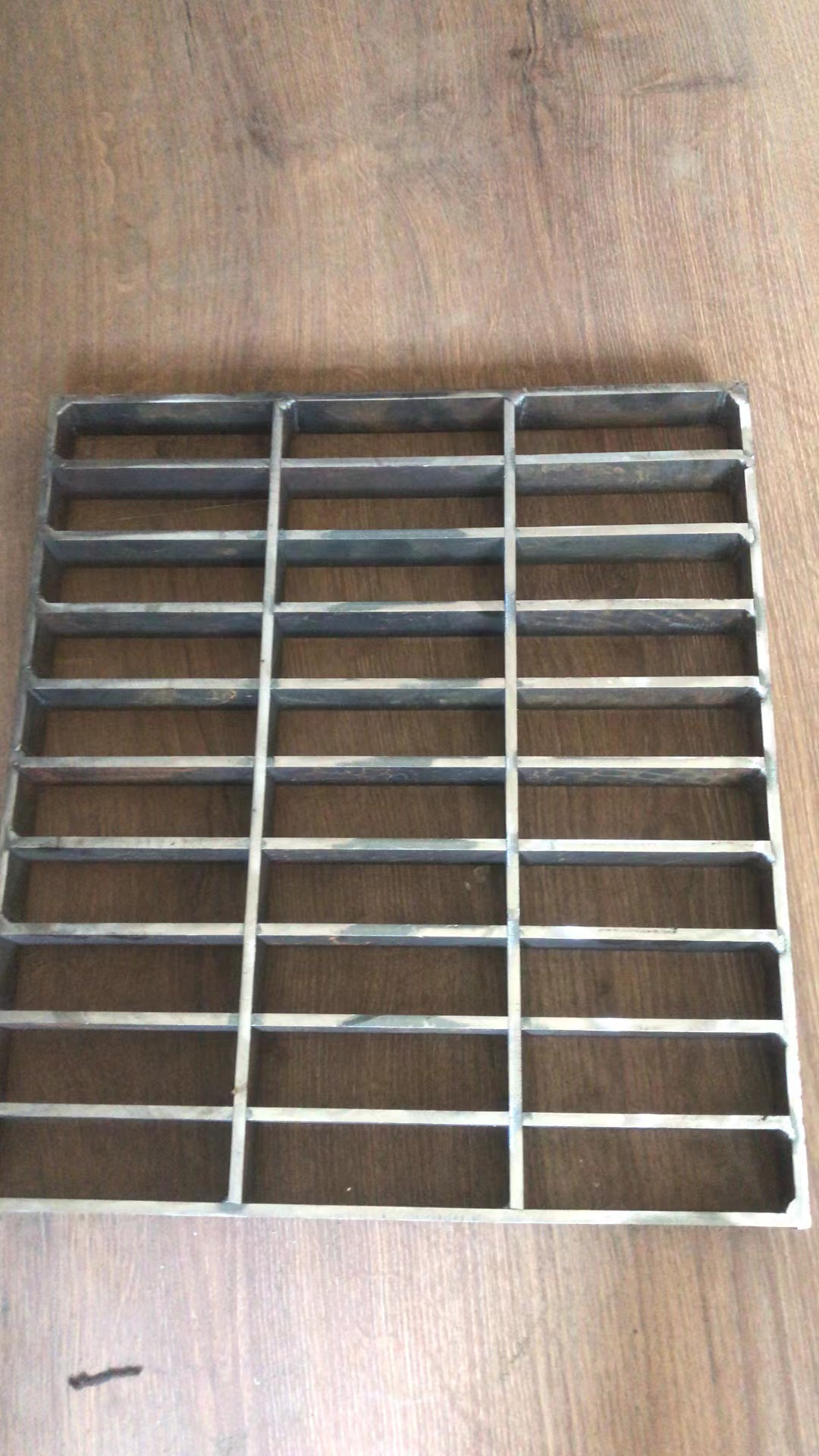Plug-in steel grating is a key component in modern industrial and commercial infrastructure, providing exceptional strength, durability, and safety for platforms, walkways, and drainage systems. For B2B companies, understanding its features, applications, and purchasing considerations is essential for ensuring operational reliability and long-term value.
Key Features of Plug-in Steel Grating
Plug-in steel grating offers a range of advantages that make it an ideal choice for demanding industrial environments:
-
High Load Capacity: Designed to support heavy machinery, forklifts, and equipment operations.
-
Corrosion Resistance: Galvanized or coated surfaces prevent rust and chemical corrosion, ensuring long service life.
-
Easy Installation: Modular structure allows quick installation, disassembly, and maintenance.
-
Anti-Slip Performance: Textured surfaces enhance safety, even in wet or oily conditions.
Industrial Applications of Plug-in Steel Grating
B2B buyers use plug-in steel grating across a wide variety of industrial and public sectors:
-
Factory and Warehouse Flooring
-
Provides a strong and stable walking surface for workers and machinery.
-
Reduces long-term maintenance costs and improves floor durability.
-
-
Drainage and Water Treatment Systems
-
Handles high load capacities while maintaining efficient water flow.
-
Commonly used in wastewater treatment plants and industrial drainage channels.
-
-
Petrochemical and Energy Plants
-
Resistant to high temperatures and chemical corrosion.
-
Ensures safety and reliability in hazardous environments.
-
-
Transportation and Municipal Projects
-
Ideal for bridges, sidewalks, and public access areas.
-
Offers a balance of functionality, safety, and modern appearance.
-
B2B Purchasing Considerations
When sourcing plug-in steel grating, B2B companies should carefully evaluate the following aspects:
-
Material Quality: Choose high-strength carbon steel or stainless steel with proper anti-corrosion coating.
-
Industry Standards: Ensure compliance with ISO, EN, or ASTM certifications for safety and performance.
-
Customization Options: Select suitable sizes, surface finishes, and load ratings to match project requirements.
-
Technical Support: Reliable suppliers should offer design consultation, installation guidance, and after-sales service.
-
Supply Chain Efficiency: A dependable supplier with stable logistics can help prevent project delays.
Conclusion
Plug-in steel grating is an essential solution for modern industrial flooring and infrastructure systems. Its high strength, corrosion resistance, anti-slip surface, and easy installation make it a practical choice for factories, water treatment facilities, and municipal projects. For B2B enterprises, selecting quality materials, ensuring standard compliance, and partnering with a trusted supplier are the keys to achieving safety and performance excellence.
Frequently Asked Questions (FAQ)
Q1: What are the main benefits of plug-in steel grating?
A1: It provides high strength, corrosion resistance, anti-slip safety, and easy installation for industrial applications.
Q2: Which industries use plug-in steel grating the most?
A2: Commonly used in factories, warehouses, drainage systems, petrochemical plants, power stations, and municipal projects.
Q3: What factors should B2B buyers consider when purchasing plug-in steel grating?
A3: Material quality, certification standards, customization options, technical support, and delivery reliability.
Q4: Can plug-in steel grating improve workplace safety?
A4: Yes, its strong structure and anti-slip design significantly reduce accident risks and enhance operational safety.
Post time: Oct-16-2025

